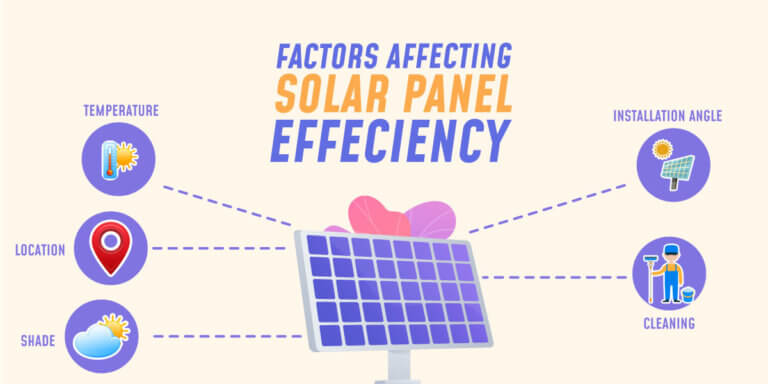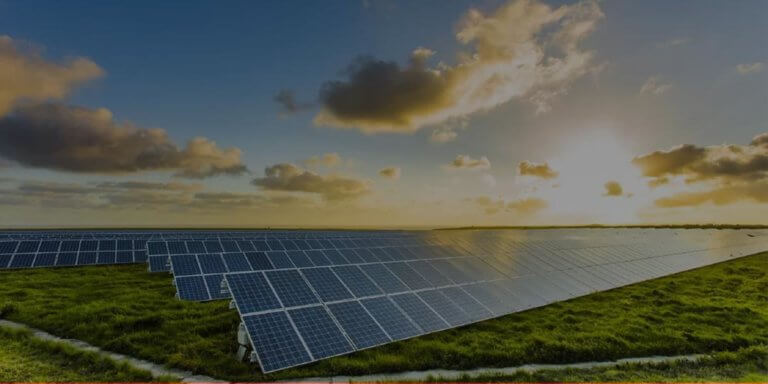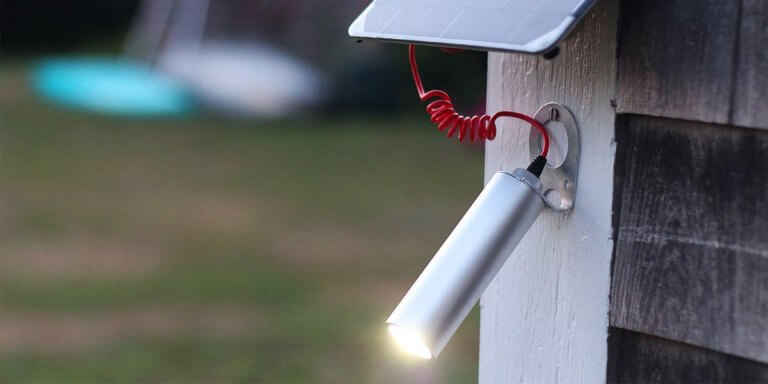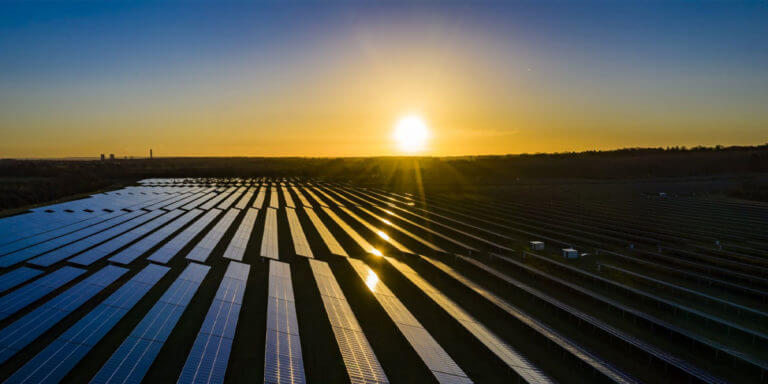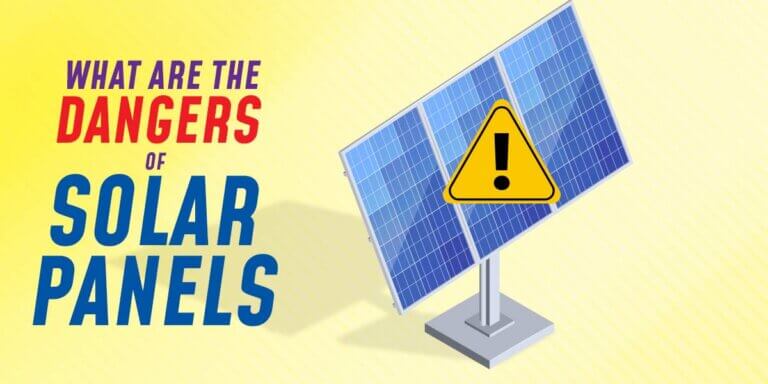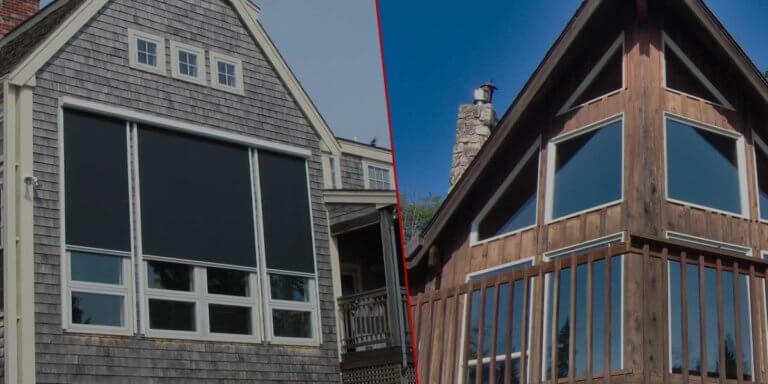How Long Do Solar Panels Last? | Can You Extend Their Lifetime?
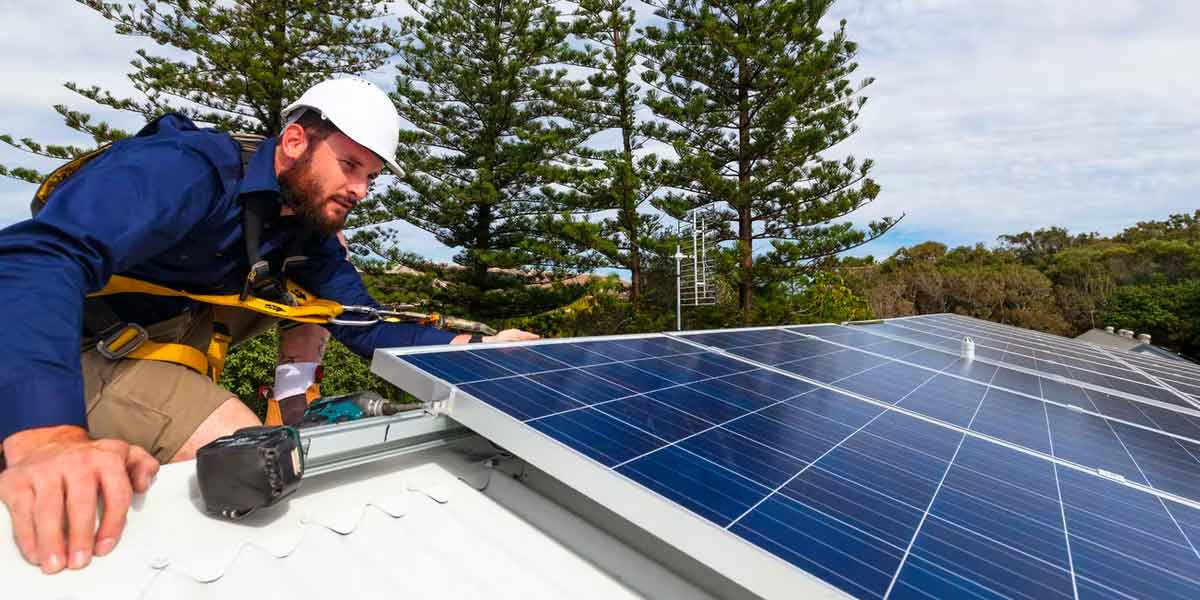
People worldwide are becoming increasingly concerned about living a more sustainable lifestyle and reducing their impact on the planet as much as possible.
Adopting solar technology can be one of the most cost-effective options to shift to clean, sustainable energy. Solar energy drastically lowers the climatic impact and eliminates your monthly electricity expenses to a certain extent.
Buying a good solar panel home kit or a portable solar panel if you are constantly on the move is an excellent choice as it lowers the carbon released from your household or vehicle. Solar panels also have multiple advantages, such as having a long lifespan and can provide electricity for many years, giving you a good return on investment.
To get the maximum output from your solar panel installation, you’ll need to know how long solar panels last on average and if a solar power system is worthy of the investment.
How Long do Solar Panels Last on Average?
Every electronic device produced on this planet has a limited usable life. Solar panels are no different from any other tool or appliance. Despite being long-term investments for businesses and households, most photovoltaic solar panels work efficiently for at least 25 years before they start to deteriorate.
The guarantee you receive is usually a little under the life expectancy of a product. In the case of solar panels, most manufacturers provide a warranty of 25 years. Your solar panels won’t necessarily need to be changed after 25 years, but their capacity to collect sunlight will be diminished.
It is important to understand a solar panel’s lifetime before choosing one. Despite the expected life span of solar panels from manufacturers being 25 to 30 years, some solar panels can last for a longer duration, especially if you can keep the solar panels clean, maintained and prevent them from getting damaged from extreme weather such as hail storms.
A solar system’s “useful life” is defined as the first 25 to 30 years following installation.
Why do Solar Panels Degrade?
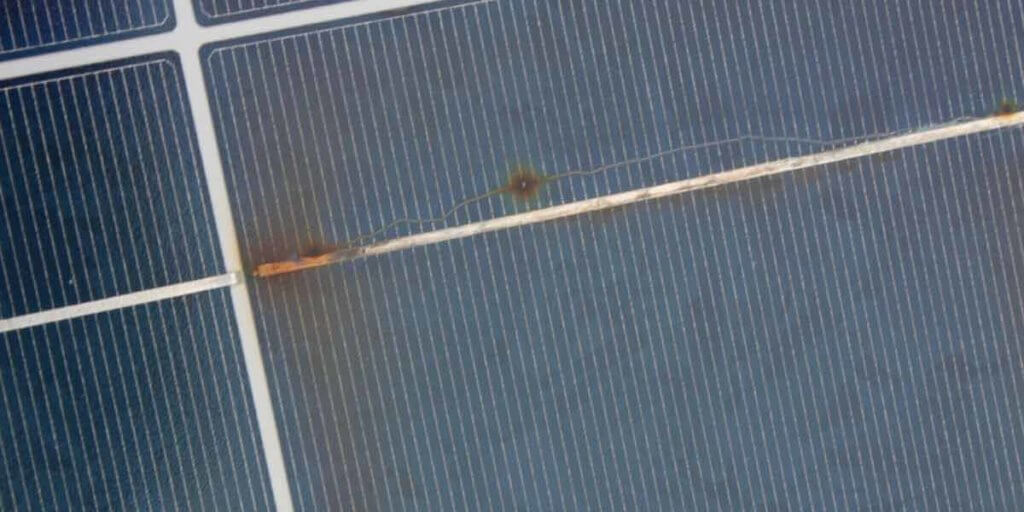
For a variety of causes, solar panels may deteriorate quicker than expected. Like many other equipments, solar panels don’t operate well for their whole life and eventually quit operating after 30 years. They start to produce less electricity as they age.
This usually happens when the solar panels are subjected to drastic environmental variations like extensive soiling, harsh weather conditions, or are incorrectly mounted. When connecting and installing panels for the first time, though, you need to use extra caution.
Tree limbs may fall during a violent windstorm, potentially damaging the glass coating that protects the solar panels. While solar panels can work in winters and during snowfall, heavy snowfall might lead the panels to lose the structure’s integrity and speed up the deterioration process. At the same time, huge hailstones could shatter the glass.
If an installer fails to examine any flaws properly, an old, damaged, or leaking roof might pose major difficulties in the future. The excellence of the technology used by various manufacturers might also impact. Crystalline silicon panels may degrade at a faster pace. Your panels can continue to generate power after the system has reached the end of its useful life.
What is Solar Panel Degradation Rate?
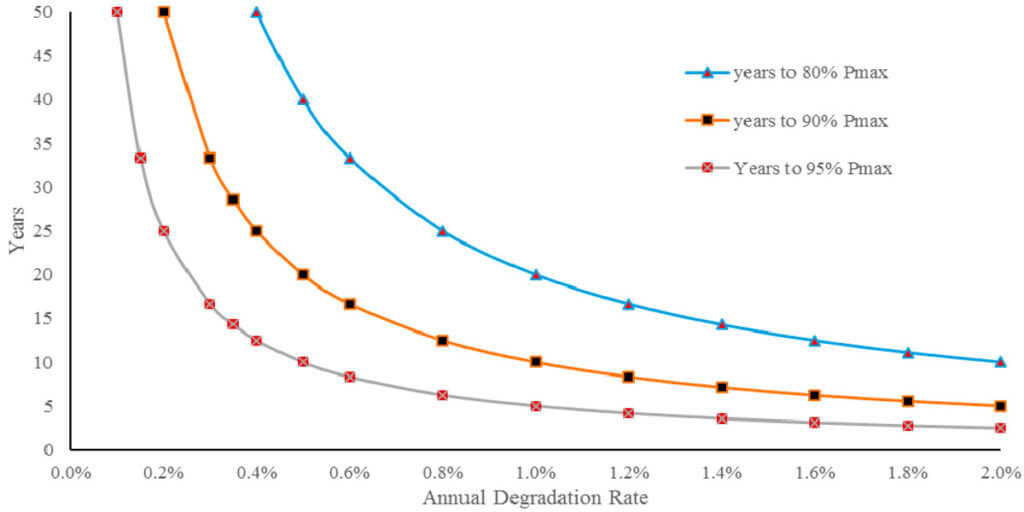
Certain variables such as hotter temperatures and a natural decrease in chemical potency within the panel may cause the solar panels to lose their capacity to collect sunlight and convert it into solar energy over time.
Solar panels deteriorate at a rate of 1% each year on average. The solar panel manufacturer’s warranty guarantees 90 percent production in the first 10 years of working and around 80 percent by the time it has completed 30 years of usage. In time, solar panel systems lose their capacity, and there is a gradual loss of efficiency.
Usually, the deterioration rate is low in good panels. Solar panels with a low deterioration rate will produce more energy in a long period and throughout their lifespan.
You should also keep in mind that the brand of the solar panel plays a big role in the deterioration rate as the quality of the solar panels depends on the raw materials that the brand uses.
How to Tell if it’s Time to Replace Your Solar Panels?
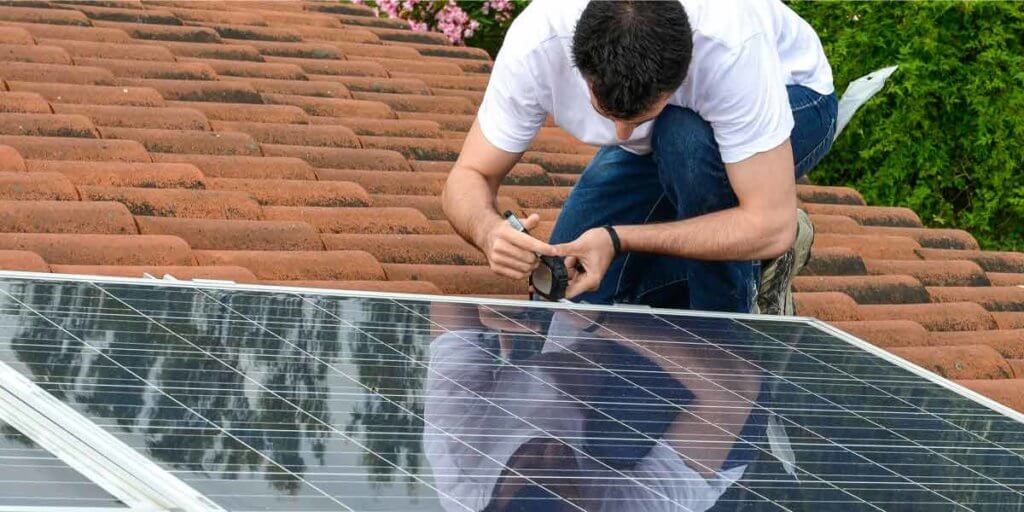
1. Physical Consideration
Its output can be measured and compared to the panel’s nominal rating and specified specifications. It’s ideal to do this at about noon on a sunny 25-degree day for the greatest results.
If current and voltage displays are visible, use these numbers to evaluate the panel’s performance. Otherwise, measure the energy output with a multimeter. When measuring, make sure the multimeter is set to a scale of at least 10 amps. In the case of a power surge, this will prevent the meter from being damaged.
2. Solar Panel Age
Solar panels have a lifespan of 20 to 30 years. After this point, their production is drastically reduced, as the photovoltaic silicon material of the panel fails to convert light to energy efficiently. If the electrical output of your 20-year-old solar panel is significantly lower than the manufacturer’s standards, it’s time to replace it.
3. Physical Degradation
The preservation of solar panels is influenced by the weather, debris, and other items. While most solar panels are made of tough tempered glass, accidents can still happen. A tree limb, a large stone, or flying items from a tornado, for example, could break the glass or damage your panels.
4. Discoloration or Burnt Marks
If you notice any burnt or discolored surfaces, you should contact a solar panel professional right away. These are signs of a corroded panel laminate, which can cause uneven temperature distribution and a reduction in energy production.
Can You Extend the Life of Your Solar Panels?
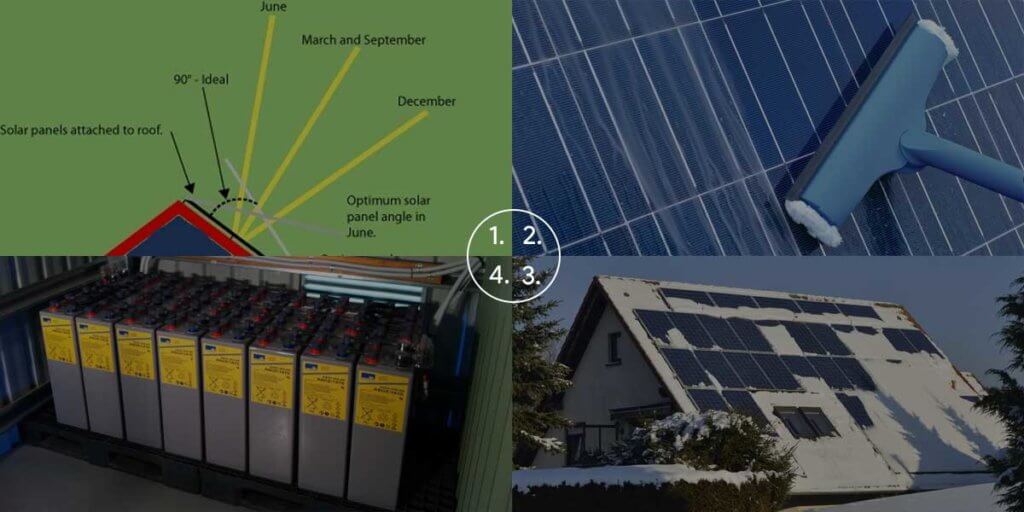
Solar panels are really long-lasting devices and usually last a little under 3 decades. Before being sent to the market for sale, they go through various tests to ensure that they can withstand harsh weather such as strong winds and snow.
Roof-mounted solar panels can not be moved, so it is not much you can do to increase the lifespan of these solar panels. Hence, it would be wise to plan ahead and place the solar panel in a spot that is safe yet receives plenty of sunlight.
Even though solar panels are strong and engineered to endure pressure, your panels might be severely damaged over time. Solar panel deterioration is unavoidable. However, there are certain methods that you can employ to extend the usable life of your solar panels.
Solar panels are usually low-maintenance since they are designed to endure harsh weather conditions, and they have a lower probability of “breaking down” or requiring maintenance.
1. Install Your Panels at the Right Angle
Sun panels work by absorbing as much solar energy as possible. Positioning your panels to be exposed to as much sunlight as possible can enhance solar panels’ efficiency over time.
As a result, mounting is an important component to address regarding energy generation. If you are unsure how to place and angle your solar panel, you can read our article titled: “Best Solar Panel Angles To Get The Best Out of It.“
Before you put solar panels on your home or business, you should think about the normal temperature in your area. Sometimes excessive heat might impair your system’s ability to produce electricity. Consider the climate in your area to assist you in organizing the solar panels in such a manner that allows for enough heat circulation.
2. Keep The Panels Clean
You may help your solar panels last longer by keeping them clean and clear of trash, leaves, snow, and other detritus. If your panels are soiled, wash them with water to keep them clean.
Dust or sand on the solar panel can produce cracks or marks if left on it for some time. These fractures might grow and damage the panel if not addressed. Not cleaning them can reduce the lifespan of solar panels.
3. Shield Against Harsh Weather Conditions
During installation, you should ensure that there are no trees or branches that may fall on your panels and cause damage. Make sure to remove any additional dirt, such as tree branches that have fallen or snow loads. Because they exert additional pressure on the panel, fallen branches or hail can cause much more harm than dust or sand.
Small branches left on panels may create scratches and add a lot of weight if they pile up. Falling branches can destroy panels outright, but small branches left on panels can cause scratches and add a lot of weight if they pile up.
If frost has been left just on panels, it can freeze there and cause cracks to develop due to the intense cold. To relieve excess pressure and limit the risk of cracks, it is important to remove any debris or snow from panels. This may therefore help in extending the life expectancy of solar panels.
4. Always Use a Backup Battery
It is always better to keep a backup battery system; however, if your solar energy system incorporates a battery backup system, you need to factor in its maintenance and replacement expenses. Ensure that your batteries are correctly placed and tested to help them last longer.
The manufacturer’s guarantee normally lasts three to ten years, depending on the precise type of battery you pick. A periodic examination is required in the case of most lithium-ion and sealed lead-acid batteries.
What to Do With Your Solar Panels after Their Useful Life?
If properly maintained, solar panel systems may continue to provide power even after the expiration of the 25-year guarantee period. That may still not be the expiration of the solar panel lifespan. Though they won’t be as energy-efficient as before, it will still be worth it. However, you won’t have to replace your panels if they still provide enough electricity to meet your demands or if the panels aren’t damaged.
However, you must replace your panels if they produce insufficient amounts of electricity to power your home effectively or if the system is not adequately maintained. Many of the panels are damaged. Even if your solar system has reached the end of its useful life, it may still generate electricity and help you save money.
A solar panel’s “useful life” ends when its output falls below 80%, although this does not imply that it is worthless. The panels may still continue to provide electricity for many years, although at a decreased efficiency.
Conclusion
Solar panels are a low-maintenance, maintenance-free technology. Frequent cleaning is normally advised every few years, depending on your area, to enhance long-term energy output.
The average lifespan of a solar installation is 25 years. Manufacturers can assure that panels will perform at or near their optimal efficiency throughout this time. The majority of guarantees ensure at least 80 percent of the total of the rated output.
Solar panel degradation is an inherent feature of owning them. Solar panel efficiency over time deteriorates. Nothing lasts forever; however, the money your solar system creates during its lifetime might be preserved for other uses.

